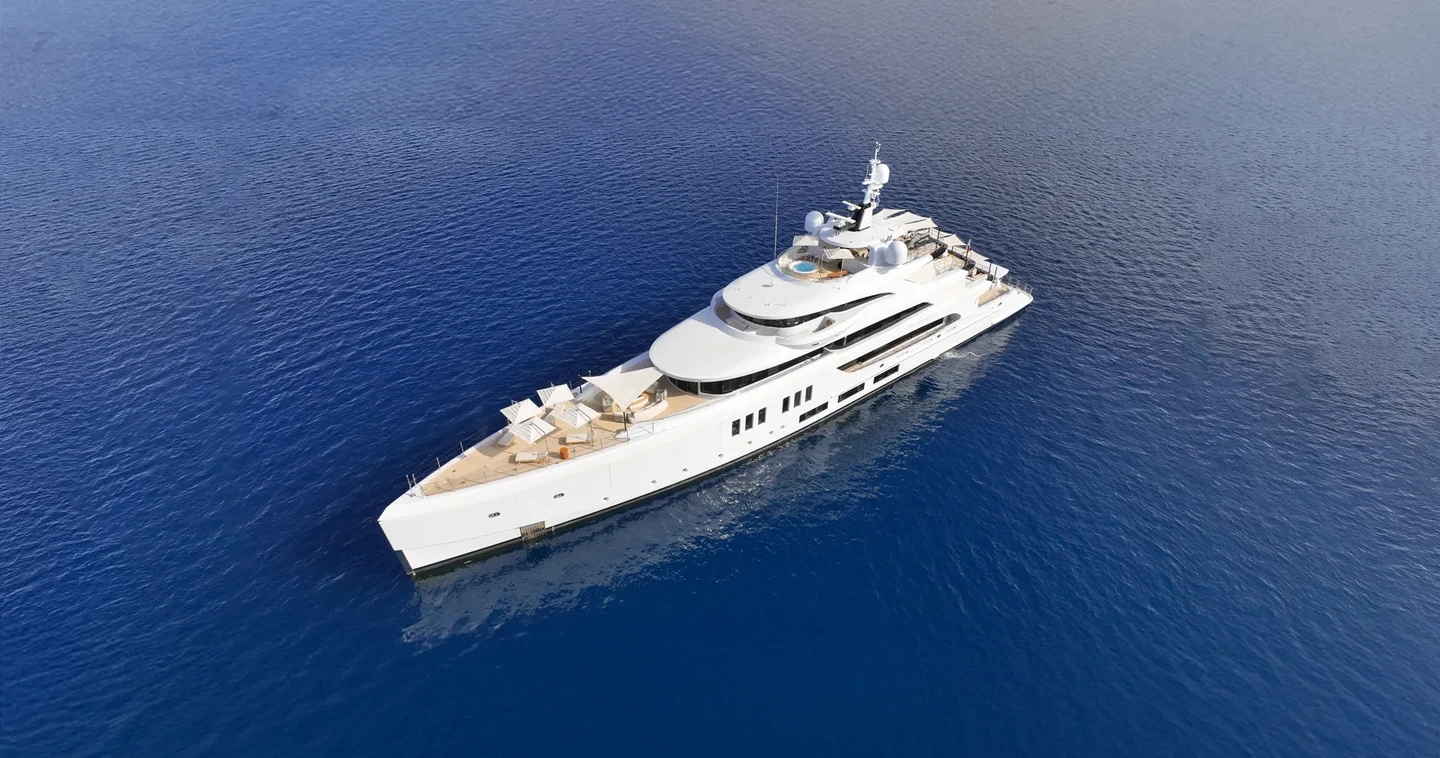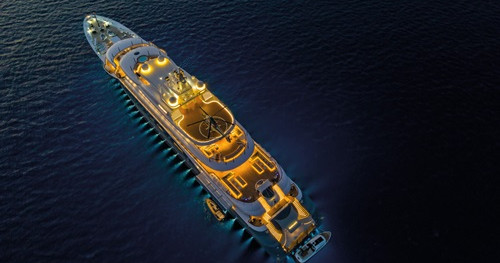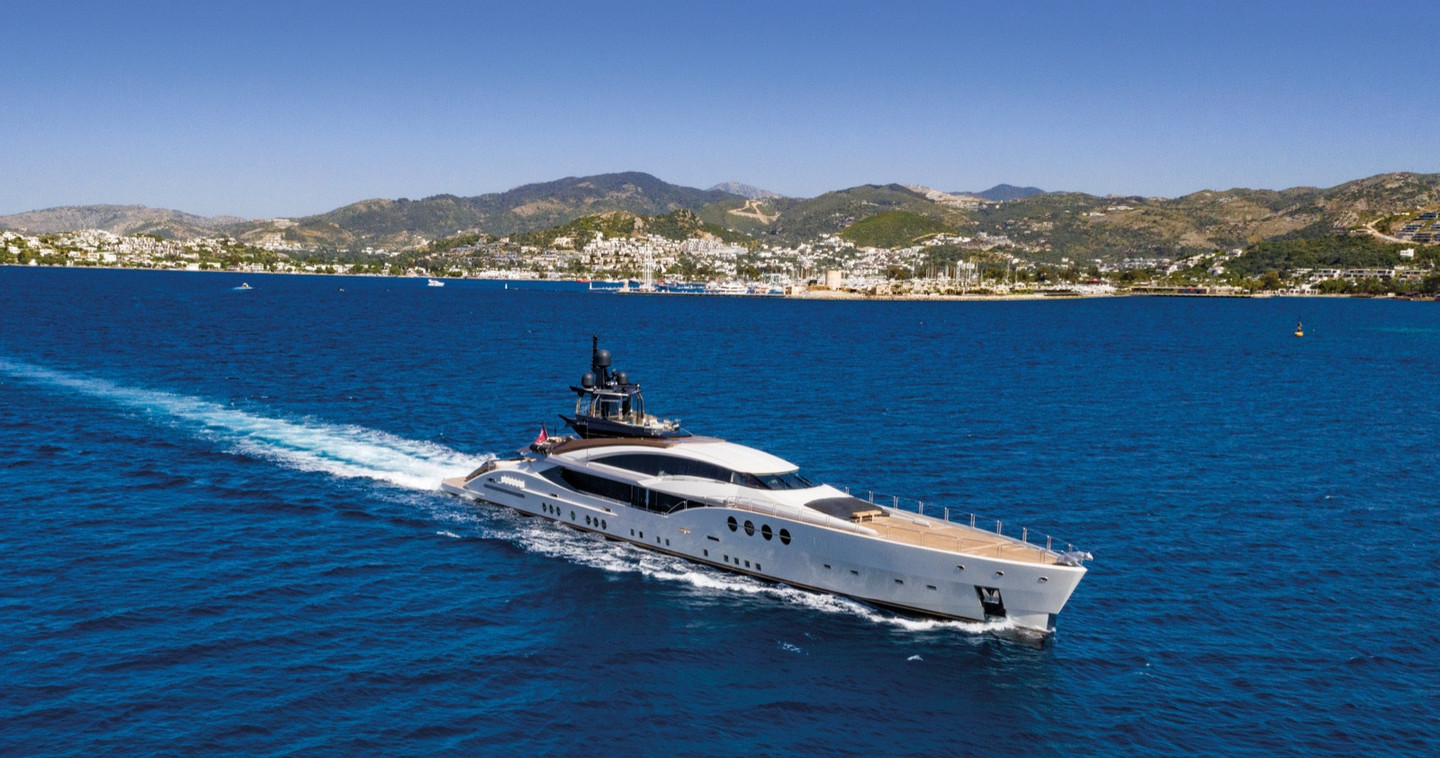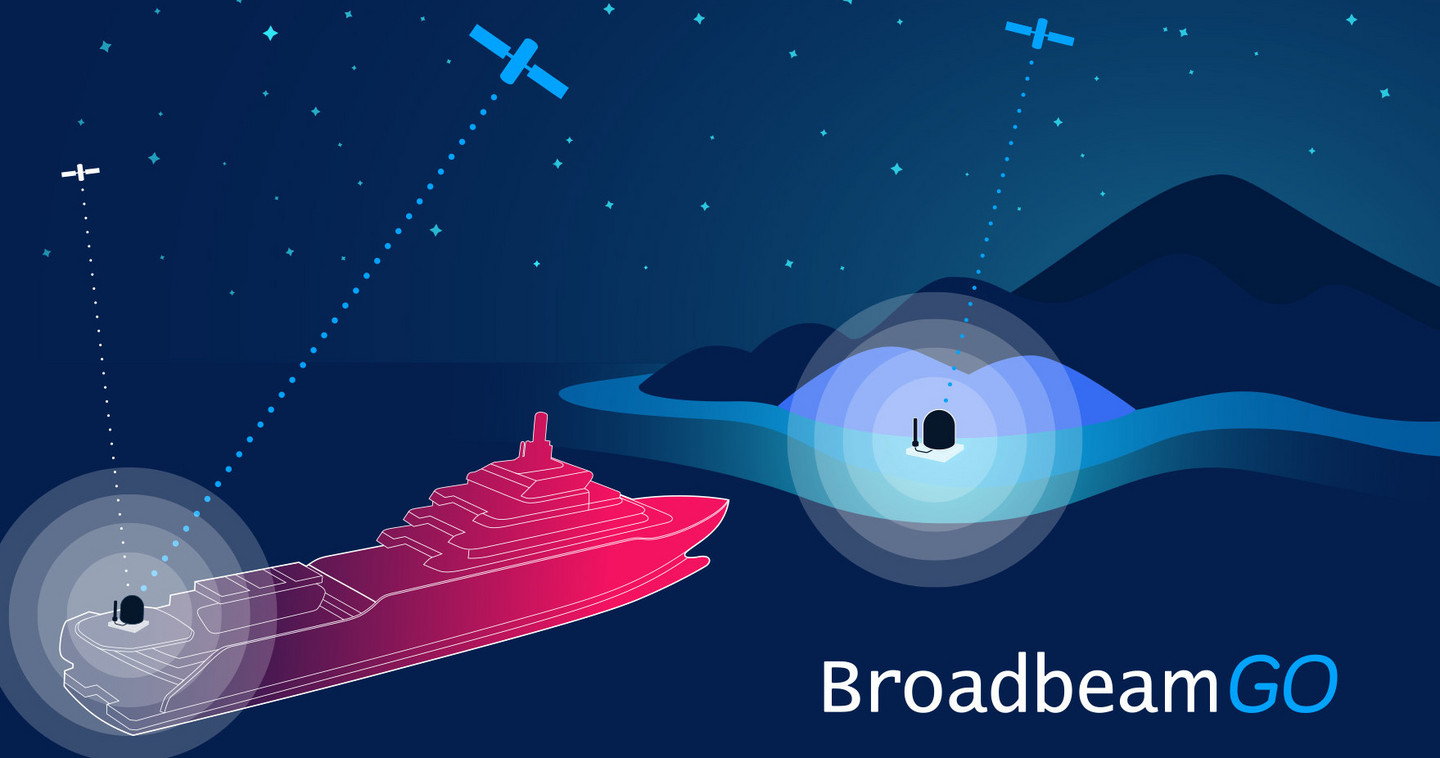News
Stay connected to
Innovation and Insights

Cyber security in the superyacht industry: Will the first big hack be a wake-up call
17 June 2025 – (written in collaboration with The Mediterranean Superyacht Forum) Superyachts have evolved into floating digital fortresses, equipped with
Read more

From phishing to fraud: real case of a yacht cyber breach
19 May 2025 – A luxury yacht fell victim to a phishing attack that escalated into financial fraud and email compromise. This real-world case study reveals how cyber criminals exploited weak security measures—and how the yacht’s operations were restored with help from OmniAccess' SOC team.
Read more

Why cyber security is every captain’s responsibility
16 May 2025 – (Even if nothing has gone wrong - yet) Captains play a critical role in yacht cyber security—even if nothing has gone wrong yet. Discover why today’s digital threats demand your attention at sea.
Read more

Exploring the Dual Edges of AI in Yachting
03 October 2024 – María Jesús Casado, Cyber and Security Intelligence at OmniAccess
Read more

OmniAccess includes Starlink services in its bespoke “FUSION” data plans designed for Superyachts worldwide
21.09.2022 – OmniAccess strengthens its connectivity solutions portfolio for superyacht customers worldwide by adding the revolutionary Low Earth Orbit (LEO) service offered by
Read more

Our communications hub for mission critical quick deployments. BroadbeamGO is a turnkey solution for all your communication requirements
19 August 2022 – “BroadbeamGO” is our portable all-in-one comms hub that works independently from your vessel’s existing communications. This easy to deploy 1 x 1 metre unit gives you a quick plug-and-play solution to
Read more

OmniAccess: our story
07 June 2022 – OmniAccess was founded in Palma de Mallorca in 2001 as a Wifi/Wimax provider for superyachts in several Ports in Palma and the Mediterranean. The company’s roots in networking and IT lead to its venture in to LAN services whilst still providing superyachts with WAN solutions. Our close ...
Read more

OmniAccess connecting Blue Essence USV at Oceanology International 2022
15 March 2022 – At this year’s Oceanology International, Fugro will be conducting live demonstrations of their 12m Blue Essence, an uncrewed surface vessel (USV) complete with an electric ...
Read more

Josep Estevez
01 December 2021 – OmniAccess Cyber Security Director. How many years of experience do you have?
Over 13 years.
Read more
